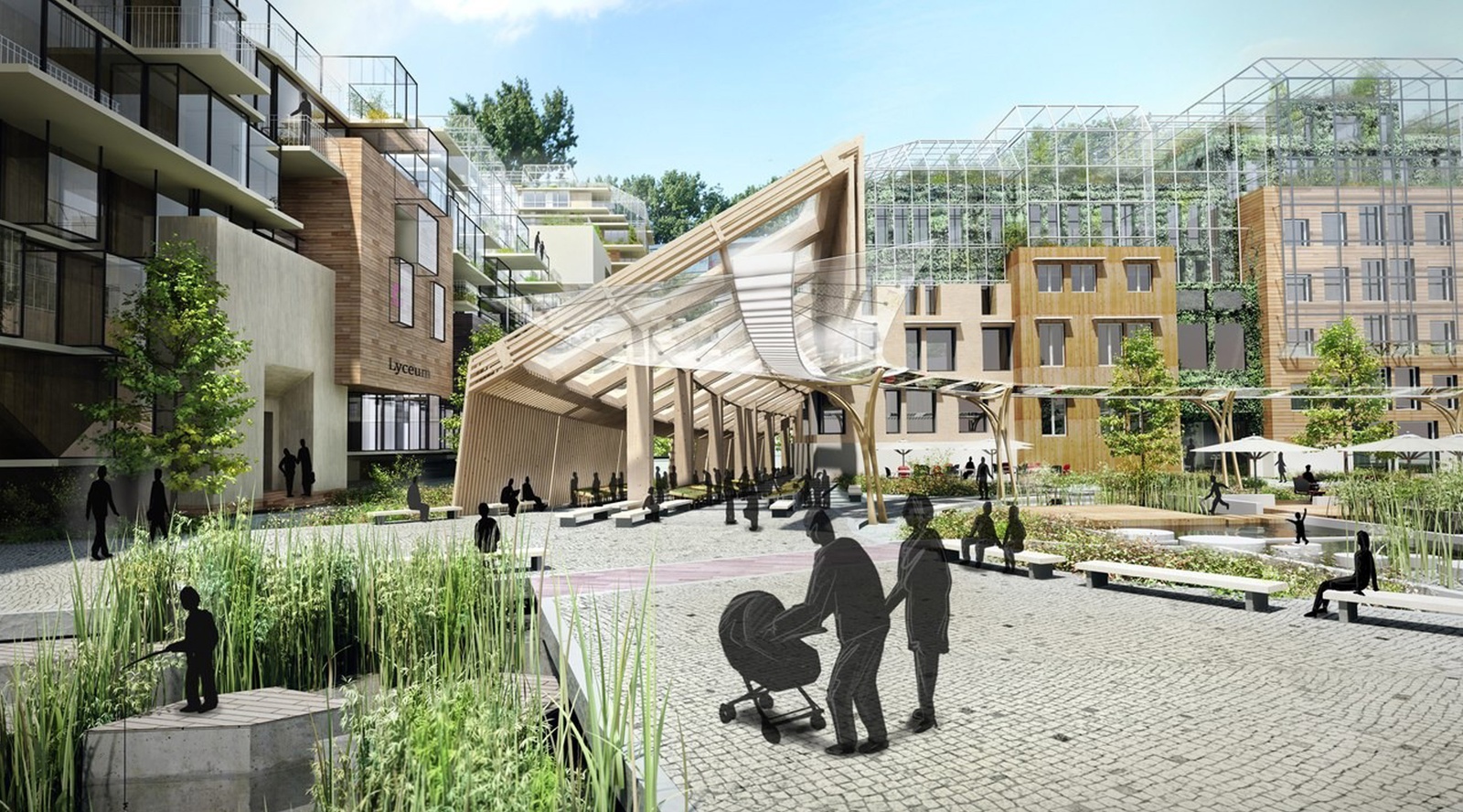City planning is a complex and dynamic process that involves shaping urban landscapes to meet the evolving needs of a growing population. In recent years, there has been a growing emphasis on creating cities that are not only innovative and technologically advanced but also environmentally sustainable. Striking the right balance between advances and sustainability is crucial for the long-term well-being of urban communities. In this article, we will explore how city planners should navigate the challenges of incorporating advancements while ensuring sustainability when planning new city developments.
Advancements in City Planning
Smart Infrastructure: Embracing technological innovations is essential for building smarter cities. Implementing smart infrastructure, such as intelligent transportation systems, energy-efficient buildings, and data-driven governance, can enhance the quality of life for urban residents. For example, traffic management systems that optimize traffic flow can reduce congestion and emissions.
Mixed-Use Developments: The concept of mixed-use developments involves integrating residential, commercial, and recreational spaces within the same neighborhood. This approach not only promotes a sense of community but also reduces the need for long commutes, lowering carbon emissions and traffic congestion.
Innovative Transportation: The development of sustainable transportation options is a priority for many cities. Investing in public transit systems, building bike lanes, and promoting electric and autonomous vehicles can reduce the environmental impact of urban mobility.
Green Building Practices: Sustainable building practices, such as LEED (Leadership in Energy and Environmental Design) certification, promote energy efficiency, water conservation, and reduced waste in construction. Encouraging developers to adopt these practices can lead to eco-friendly urban landscapes.

The Importance of Sustainability in City Planning
Environmental Preservation: Balancing advancements with sustainability is crucial for preserving the environment. Cities are responsible for a significant portion of global greenhouse gas emissions. Sustainable practices, like green spaces and reduced pollution, are vital for mitigating the impact of urbanization on the natural world.
Resource Efficiency: Sustainability in city planning involves efficient use of resources. This includes managing water resources, reducing energy consumption, and promoting recycling and waste reduction. By doing so, cities can lower costs and reduce their ecological footprint.
Resilience to Climate Change: As climate change poses increasing threats, cities must be resilient. Sustainable planning includes measures like flood defenses, green infrastructure, and climate-responsive design to protect urban areas from extreme weather events.
Improved Quality of Life: Sustainable urban development aims to enhance the quality of life for residents. Green spaces, clean air, and access to public transportation contribute to healthier, happier communities. Moreover, sustainability efforts can reduce disparities in living conditions among different segments of the population.
Strategies for Balancing Advancements and Sustainability
Comprehensive Urban Planning: City planners should adopt a holistic approach that considers both short-term advancements and long-term sustainability goals. This includes creating master plans that outline development trajectories and sustainability targets.
Community Engagement: Involve the community in the planning process. Residents’ input can provide valuable insights into local needs and preferences. Engaged communities are more likely to support sustainable initiatives.
Regulatory Frameworks: Develop and enforce zoning and building codes that promote sustainability. Incentives, such as tax breaks for green building practices or energy-efficient technologies, can encourage developers to adopt eco-friendly measures.
Green Infrastructure: Incorporate green infrastructure, such as parks, green roofs, and urban forests, into city planning. These features can enhance sustainability while providing aesthetic and recreational benefits.
Public Transportation: Invest in efficient and accessible public transportation systems. Encourage the use of public transit and reduce reliance on private vehicles by implementing policies like congestion pricing or carpool lanes.
Monitoring and Adaptation: Continuously monitor the impact of new developments on the environment and quality of life. Adjust plans as needed to ensure sustainability goals are met.
Balancing advancements and sustainability in city planning is a complex but essential task for creating liveable, resilient, and future-ready urban environments. City planners must prioritize sustainable practices, engage with communities, and adopt innovative technologies to ensure cities thrive in the 21st century. By striking this balance, we can create cities that not only embrace progress but also protect the planet and enhance the well-being of their residents. In doing so, we pave the way for a more sustainable and prosperous future for urban areas worldwide.
